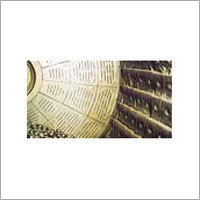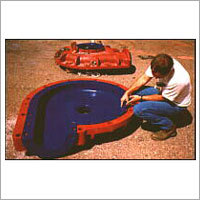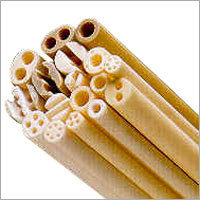Outlet Grates First chamber
Product Details:
- Surface Treatment Polished
- Product Type Outlet Grates First chamber
- Application Industrial
- Click to View more
Outlet Grates First chamber Product Specifications
- Polished
- Outlet Grates First chamber
- Industrial
Product Description
Outlet grates First chamber
Chrome Steel Liner
Steel alloys containing more than 11% chromium produce a protective, sustainable surface scale when exposed to high temperatures in oxidising atmospheres up to 1100C. When nickel and carbon are added to these alloys, a series of heat resisting alloys is produced to perform in an array of high temperature (up to 200C) applications with wear. Where high impact is experienced Ni-hard cannot be used so a cost effective solution is 11-16 % chrome steel casting if required Mo & V can be used to increase wear resistance.
Increased nickel content progressively stabilises austenite in heat resisting steels, from a duplex structure especially designed for sulfurous environments, through alloys with measured ferrite/austenite ratios, to fully austenitic alloys. By adjusting nickel, chromium and carbon content and including additions of rare earth elements, Molybdenum and Vanadium, plating can be manufactured to withstand high temperature thermal cycling, carburising and high load environments.
In more severe applications, a series of grades with substantially increased nickel contents are used . Generally, these super alloys contain additions of one or a combination of Rare Earths, niobium, tungsten and cobalt. This produces an alloy that is able to absorb considerable amounts of carbon over long periods without significant embitterment.

Price:
- 50
- 100
- 200
- 250
- 500
- 1000+






